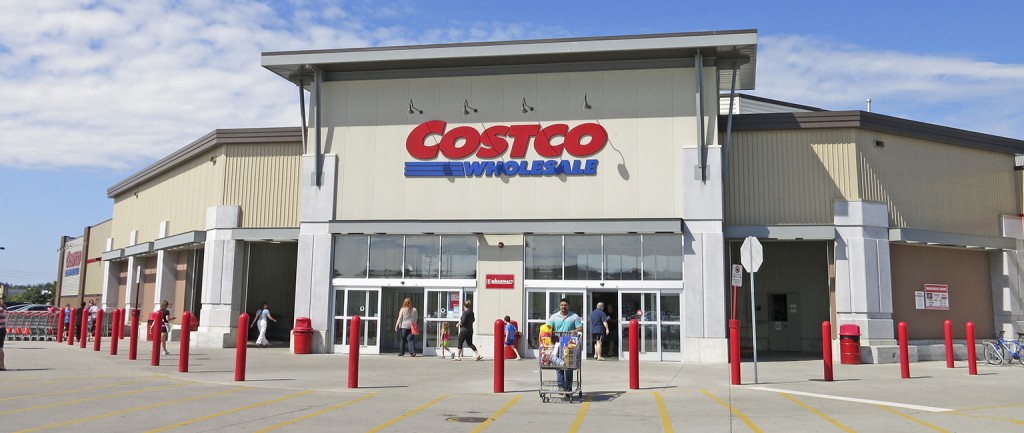Costco spends on property in bulk

Oversized trolleys crammed with 60-roll packs of toilet paper might soon be a more familiar sight as the pioneer of ‘buy bulk and save’ shopping, Costco, ramps up its expansion plans.
Six years after opening its first store in Melbourne’s Docklands, the US ‘club retailer’ is adding three new superstores to its Australian operation; at Osborne Park in Perth, Moorabbin in Melbourne’s south and Marsden Park in Sydney’s west.
The group’s Australian head, Patrick Noone, credits the lower margins it makes across its product lines, just 11-14% compared to an industry average of around 33%, as the key to their success. But there is little doubt that expansion is also a key part of their strategy aimed at achieving $1 billion in turnover, a big jump from its $660 million in sales in 2014.
Costco currently has two outlets each in Sydney and Melbourne and one each in Adelaide, Canberra and Brisbane.
The expansion of ‘buy in bulk’ retailers is threatening the Australian supermarket duopoly.
While buying in bulk holds appeal for many shoppers there’s more at stake than just savings on a case of baked beans. The expansion of Costco, along with fast growing German retailer Aldi which now has 350 stores, is pulling apart the cosy competition which has characterised the supermarket industry for decades.

Market wars: Supermarkets set to slug it out in 2015
The pain can already be witnessed at Metcash, owner of perennial market follower IGA. Squeezed by majors Woolworths and Coles and the newer arrivals, the group recently announced a $640 million asset write down and a suspension of dividends.
For commercial property owners, this bruising battle for market supremacy is one to watch.
Blessed with a near recession proof business, supermarkets have long been able to pick the best sites and lock in long term leases and favourable rent terms. In turn that has made supermarket properties a favourite for portfolio managers wanting to book reliable income courtesy of a competitively cosy industry.
Central lots: Investors snapping up a storm in mid-size centres

But that predictability is starting to fade. While supermarkets have traditionally played the role of anchor store, drawing shoppers in to regional centres and suburban strips, the expanding competitors are playing by different rules.
Costco’s warehouse-style outlets are huge at 14,500 sqm, offering everything from canned foods and cleaning products to designer handbags and hearing aids. The aim is to secure the largest possible share of a customer’s spend in a location next to major arterial roads – and far away from other retailers.
Costco’s warehouse-style outlets are huge at 14,500 sqm.
Spying an opportunity, Costco has also been adding fuel stations to their Casula outlet in Sydney, North Lakes in Brisbane and their new Adelaide store in Kilburn.
Aldi on the other hand favours smaller 700 sqm stores in established strips and shopping centres and a merchandising strategy of selecting one brand per category. That directly challenges the major chains, who want to ramp up the sale of their private label groceries and reduce the number of brands they stock per category to increase profits.
Faced with fewer of their favourite brands on the shelves of the majors, more and more customers are trying out one of the newcomers.
If Costco and Aldi continue their current rate of expansion we could be witnessing a transformation in long established traffic patterns across a number of retail locations. That may spell trouble for older supermarkets and the owners of adjacent shops who find themselves exposed as a new breed of shopper travels somewhere else for their weekly groceries.







